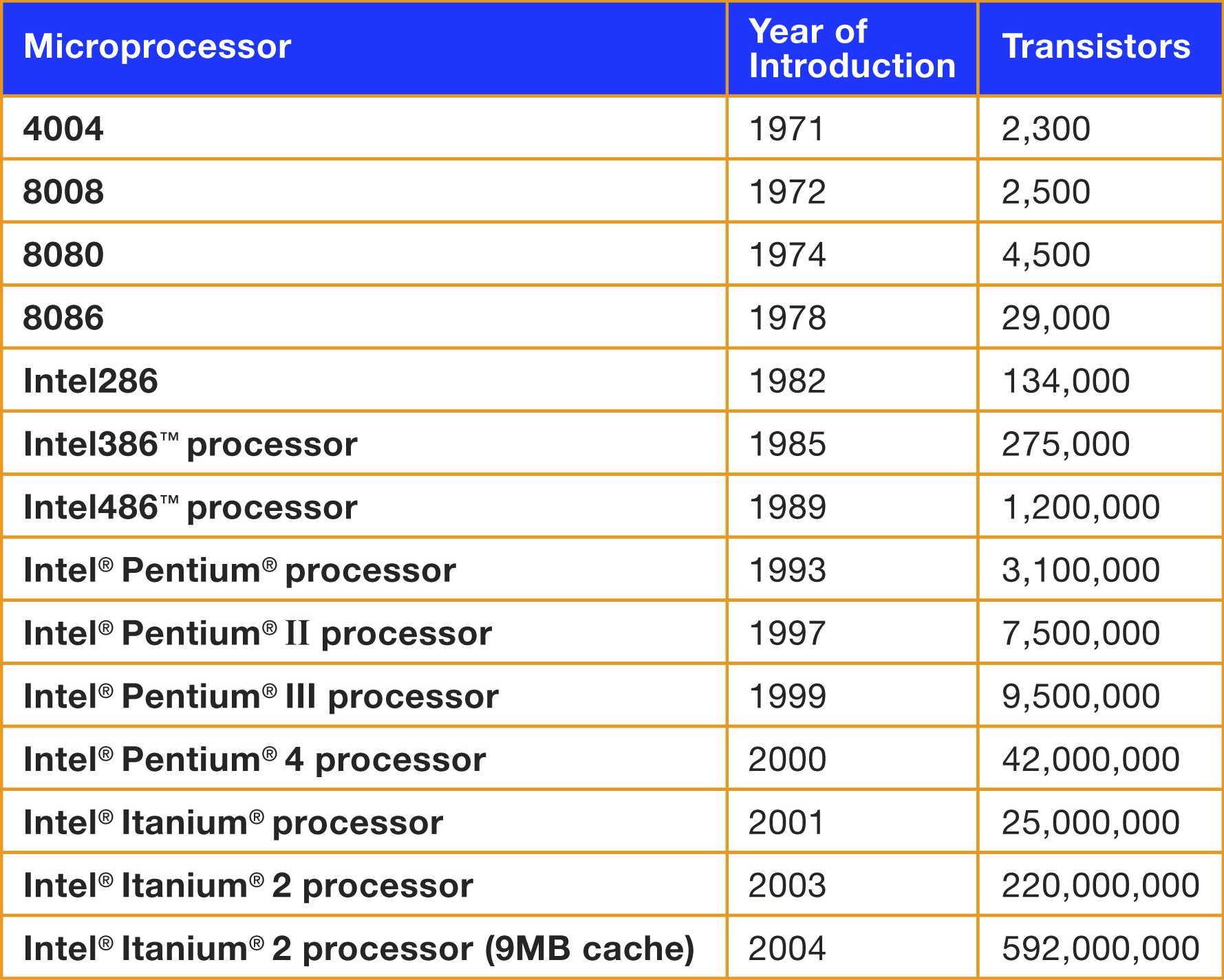Cells in a culture grow every day
We want to know the number of cells every day: ncell[t]
Here t is the time in days.
We start with an initial number of cells, that we call initial
Each day, the number of cells increases by a factor rate
\[\texttt{ncell[t]} = \texttt{initial} \cdot \texttt{rate}^\texttt{t}\]

